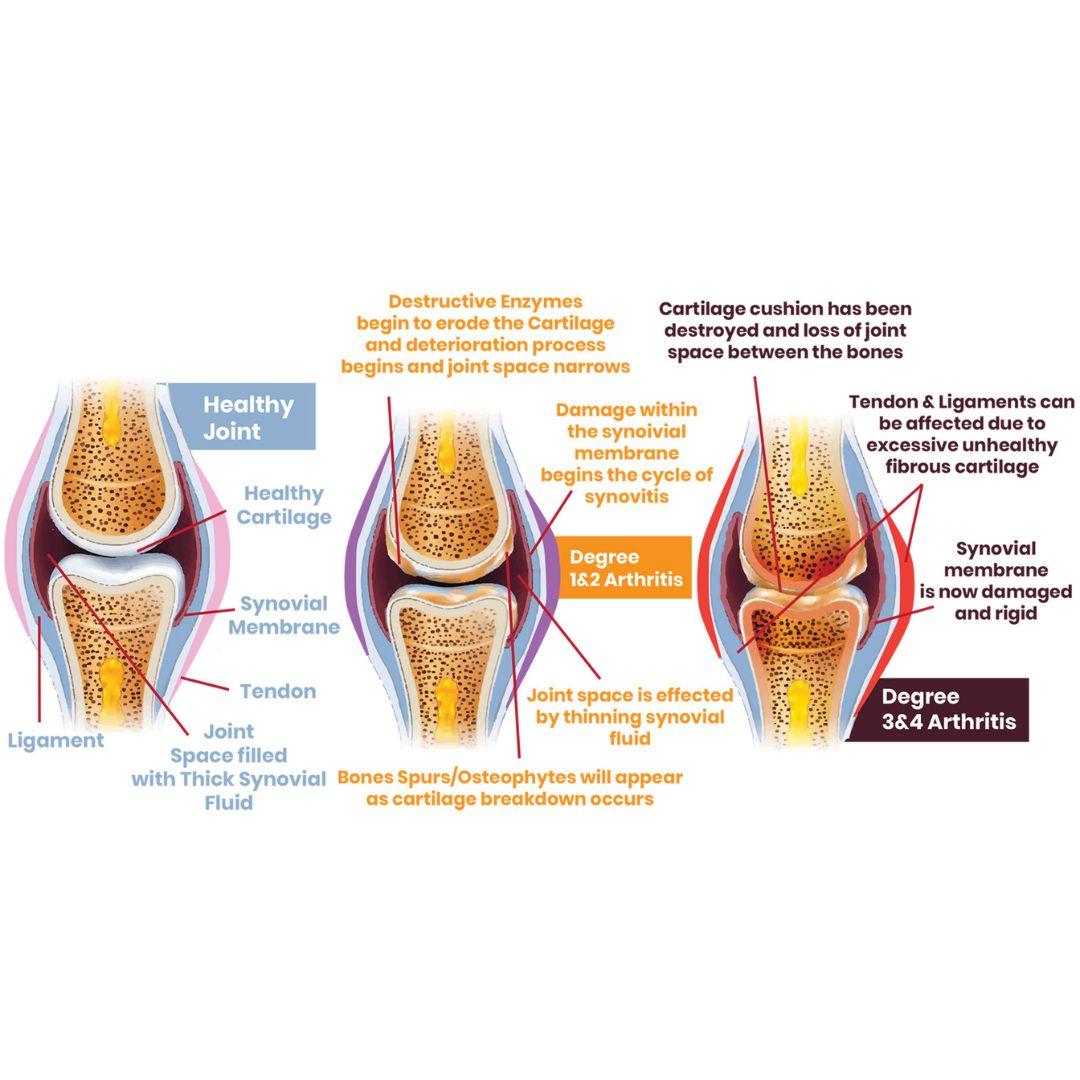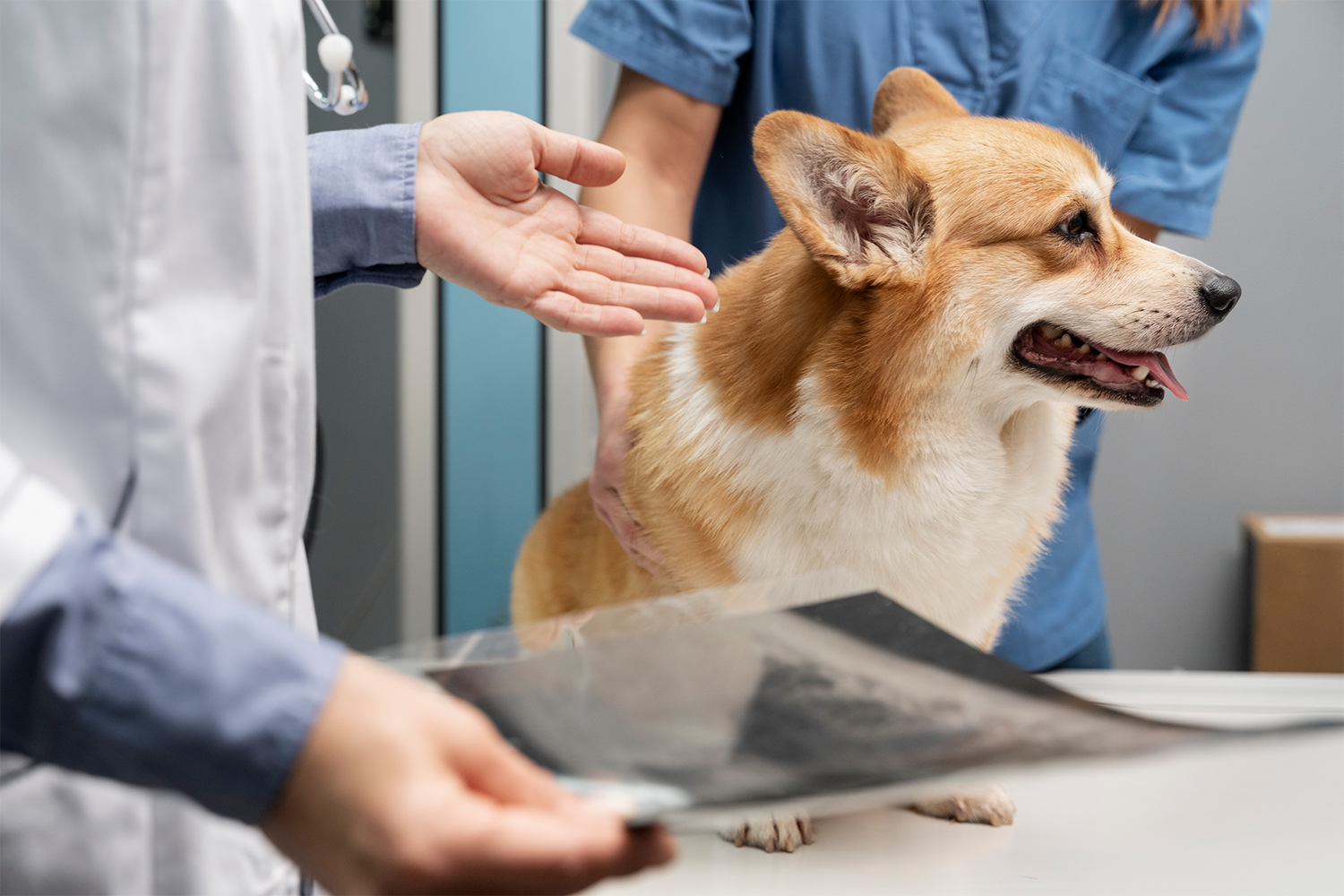Popping Pasterns in Cattle
Livestock health is a crucial aspect of successful farming and animal husbandry. One of the common concerns that many owner face is the issue of popping pasterns. This condition, often observed in various livestock, can show signs of discomfort and mobility issues for the animals. In this comprehensive guide, we will delve into the intricacies of popping pasterns, exploring its causes, symptoms, preventive measures, and treatment options.
Understanding Popping Pasterns
What Are Popping Pasterns?
Popping pasterns refer to a condition where the pastern joint, which is the area between the hoof and the fetlock joint, produces a popping or clicking sound. This condition can affect various types of livestock, including horses, cattle, pigs, and sheep. The sound may be accompanied by signs of discomfort and may indicate underlying joint or ligament issues.
Causes of Popping Pasterns
Understanding the root causes of popping pasterns is essential for effective prevention and treatment. The following are some of the primary causes:
-
Joint and Ligament Issues: Inflammation or injury to the joints and ligaments within the pastern area can lead to popping sounds. This may be due to overexertion, trauma, or degenerative conditions.
-
Nutritional Deficiencies: Poor diet lacking in essential nutrients like vitamins and minerals can weaken the connective tissues and joints, leading to problems such as popping pasterns.
-
Poor Hoof Care: Neglecting proper hoof care, such as regular trimming can lead to uneven weight distribution and stress on the pastern joints.
-
Genetic Predisposition: Certain breeds may be more prone to joint issues due to their genetic makeup. Breeding practices that do not prioritize joint health can exacerbate this problem.
-
Infections: Bacterial or viral infections affecting the joints can cause inflammation and result in popping pasterns.
Symptoms to Watch For
Identifying the symptoms of popping pasterns early can help in prompt intervention and treatment. The key symptoms include:
-
Audible Popping or Clicking: The most obvious sign is the popping or clicking sound from the pastern joint when the animal moves.
-
Lameness: Affected animals may show signs of lameness or reluctance to move, indicating pain or discomfort.
-
Swelling and Heat: Inflammation may cause swelling and warmth in the pastern area.
-
Stiffness: Stiffness in the joints, especially after periods of rest, is a common symptom.
-
Changes in Gait: Observing any irregularities in the animal's gait can be a sign of underlying joint issues.
-
Infections: Bacterial or viral infections affecting the joints can cause inflammation and result in popping pasterns.
Supplementation
Providing your livestock with a high-quality supplement like OptiWize can significantly reduce joint issues. Formulated with 10-all natural ingredients, OptiWize offers essential nutrients to nourish joints and the soft tissues that support joint mobility and stability. This supplement enhances cartilage health, increases synovial fluid production, and reduces inflammation and swelling, which are often affected by the necessary weight gain in show cattle.
What OptiWize Customers have to say about popping joints
OptiWize is a premium joint supplement for livestock, specifically formulated to repair, restore, and protect. The supplement's potent anti-inflammatory properties help reduce swelling and discomfort in affected animals. By increasing joint space and promoting the production of healthy synovial fluid, OptiWize ensures smoother joint movement and greater flexibility. Regular use of OptiWize not only alleviates the symptoms of boggy hocks, but also supports overall joint function, making it an essential addition to your livestock's health regimen.

"This heifer was popping her hock and she didn’t miss a step and was grand heifer. I would recommend this product to anyone.” – Ashley B

“Have been absolutely amazed with this product. Our steer was popping in his pasterns and this product was recommended to us. After 3 weeks the popping was gone and stayed gone. We are on our 3rd order and will continue with every steer in our barn.” – David W

“We have a steer when on the move was popping on his rear pasterns & needed to increase the flexibility in those rear pasterns. We have been using optimize plus & his popping & flexibility has significantly improved, & spoke with a optimize representative on my progress & we have tweaked our dosage to eliminate this issue. I have used so many products to address this with no success, optimize plus has made the difference.” - Ray S
Regular Exercise
Maintaining a regular exercise routine for livestock helps in strengthening the muscles and joints, reducing the risk of popping pasterns. Ensure that the exercise is appropriate for the animal's age and breed.
Proper Hoof Care
Regular hoof trimming is essential to maintain even weight distribution and reduce stress on the pastern joints. Employing a professional trimmer can ensure that hoof care is done correctly.
Routine Veterinary Check-Ups
Regular veterinary check-ups can help in early detection of joint issues and other health problems. Veterinarians can provide tailored advice and interventions to prevent popping pasterns.
Treatment Options
If popping pasterns are already present, several treatment options can help alleviate the condition and improve the animal's quality of life. These include:
Medical Interventions
-
Anti-Inflammatory Medications: Non-steroidal anti-inflammatory drugs (NSAIDs) can reduce inflammation and pain in the affected joints.
-
Joint Supplements: OptiWize provides 10- all natural ingredients to promote healthy joints, tendons, and ligaments.
-
Antibiotics: If the condition is due to an infection, appropriate antibiotics may be prescribed.
Physical Therapy
Physical therapy techniques, such as controlled exercise, massage, and hydrotherapy, can improve joint mobility and reduce pain.
Alternative Therapies
Alternative therapies, including acupuncture, chiropractic care, and supplements, can be explored as complementary treatments to traditional methods.
Physical Therapy
Physical therapy techniques, such as controlled exercise, massage, and hydrotherapy, can improve joint mobility and reduce pain.
Conclusion
Popping pasterns in livestock is a condition that requires attention to ensure the health and well-being of the animals. By understanding the causes, symptoms, preventive measures, and treatment options, farmers and veterinarians can effectively manage and mitigate this issue.



